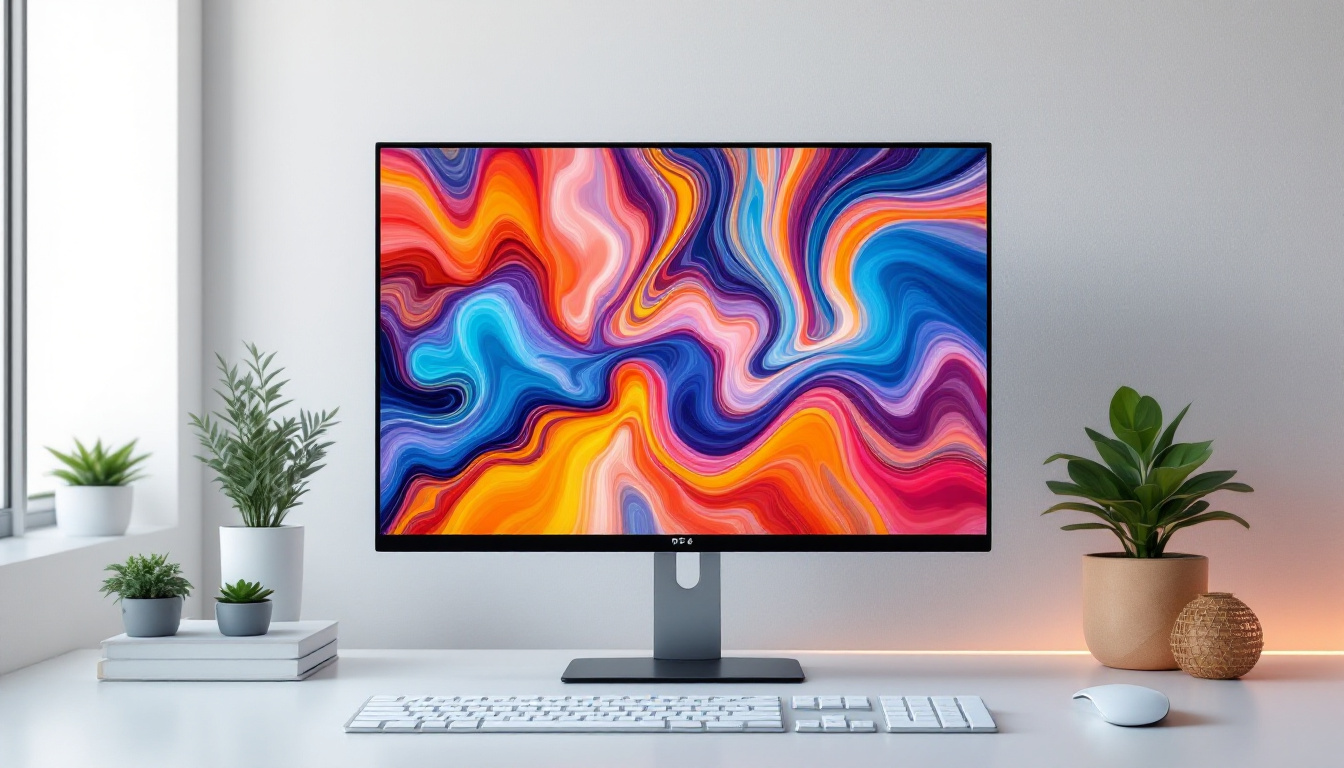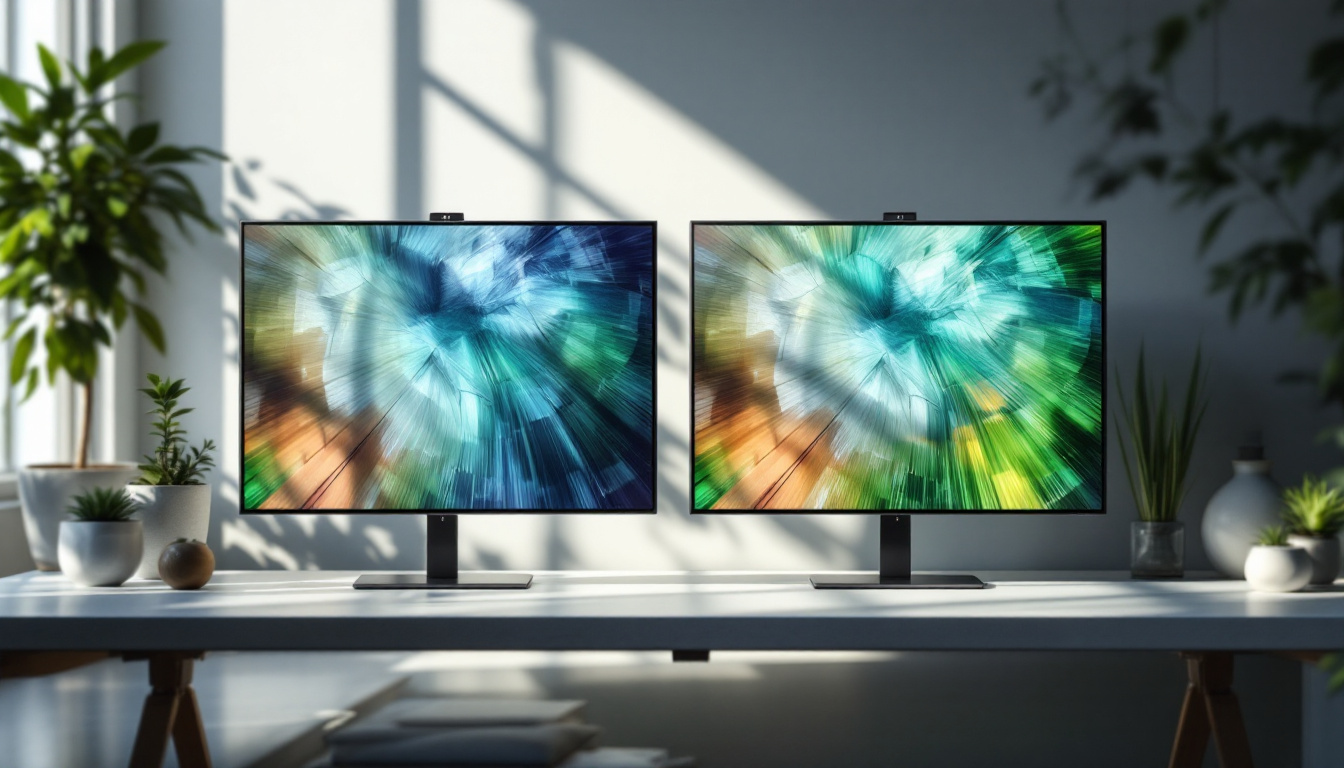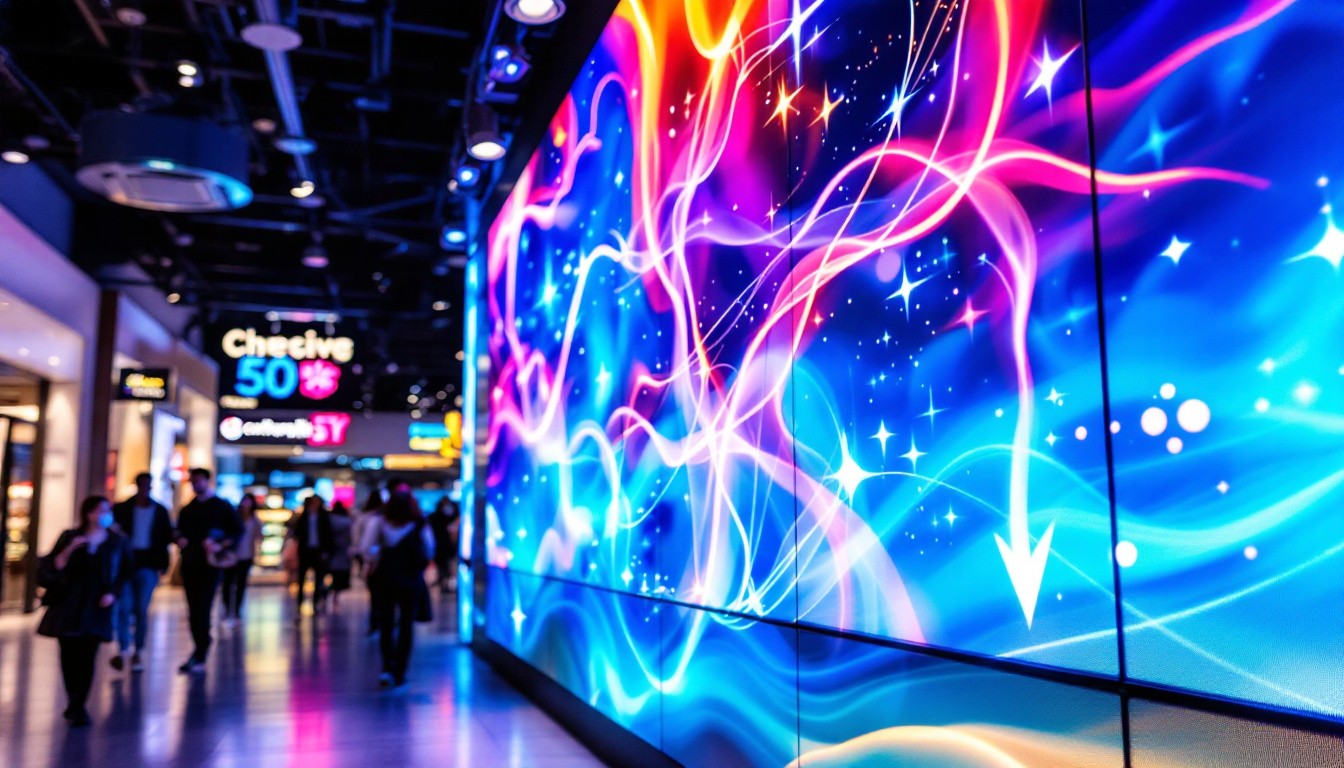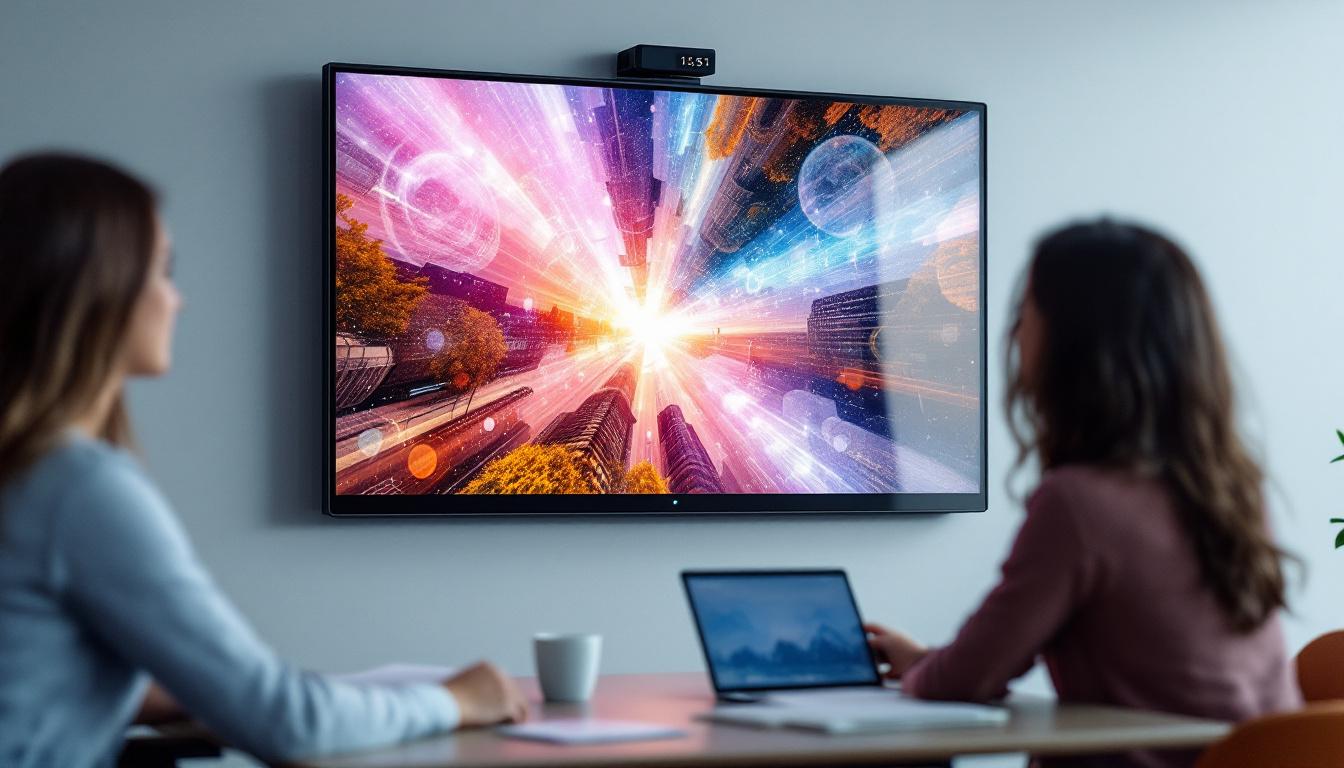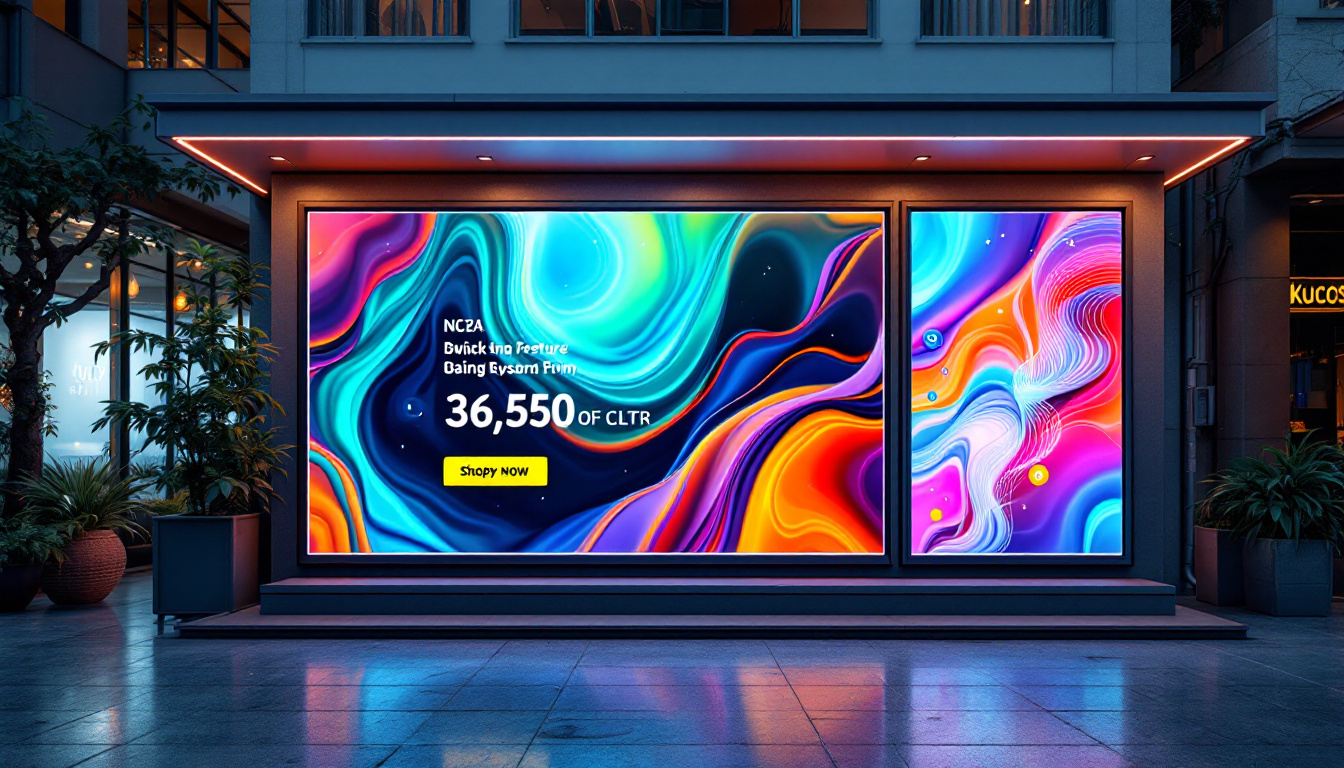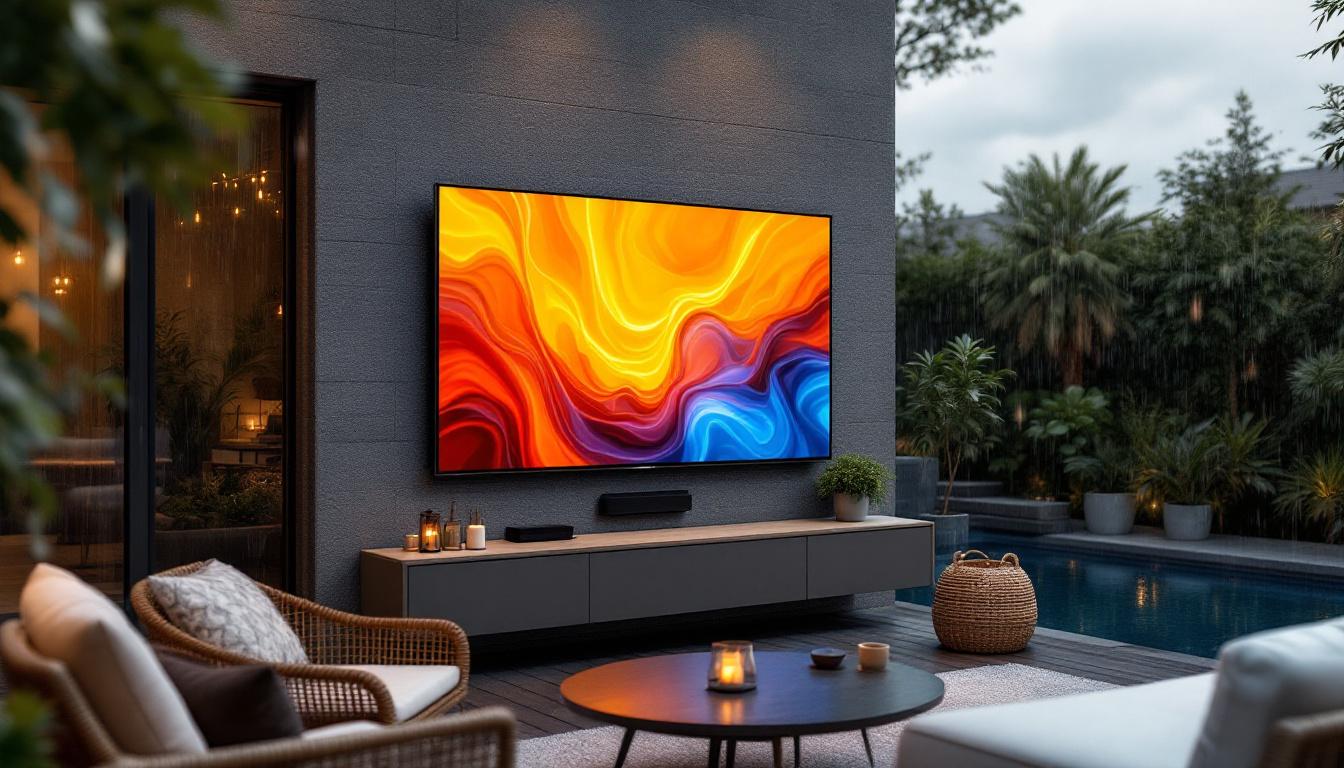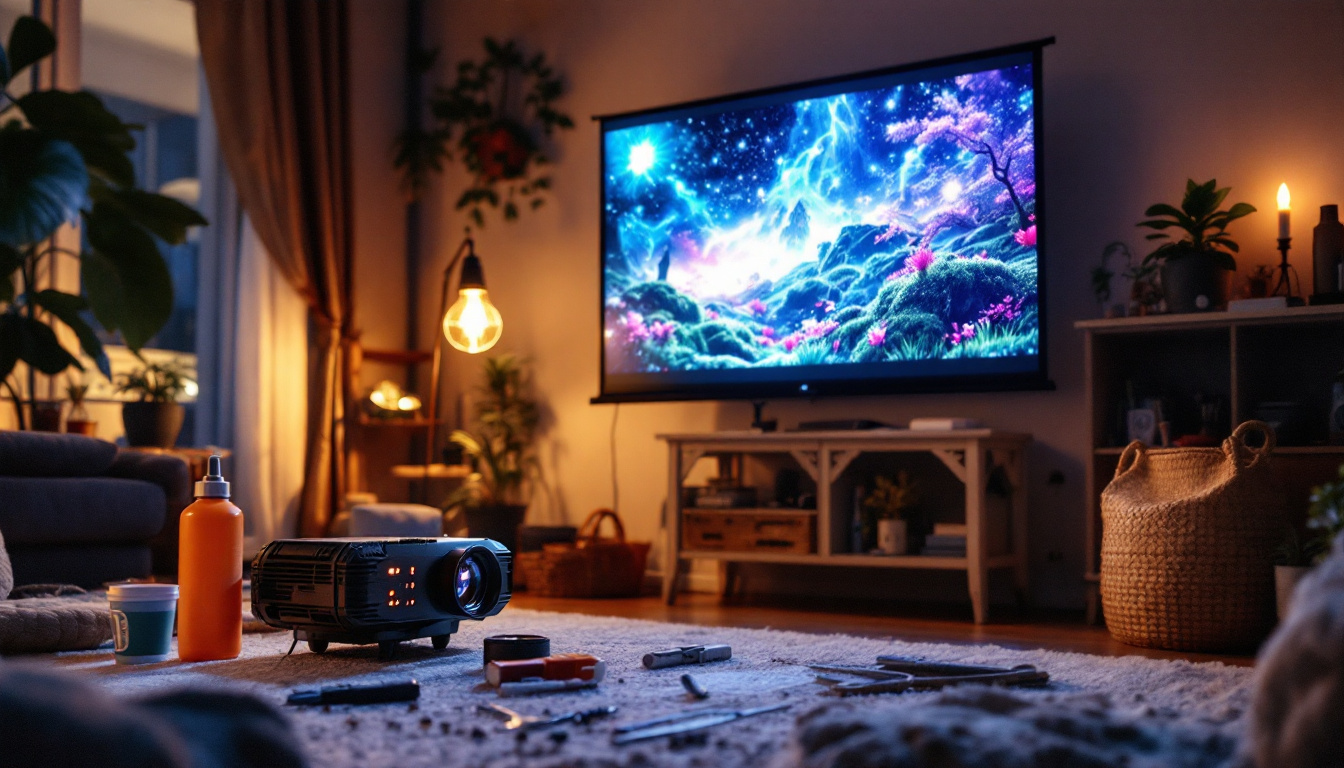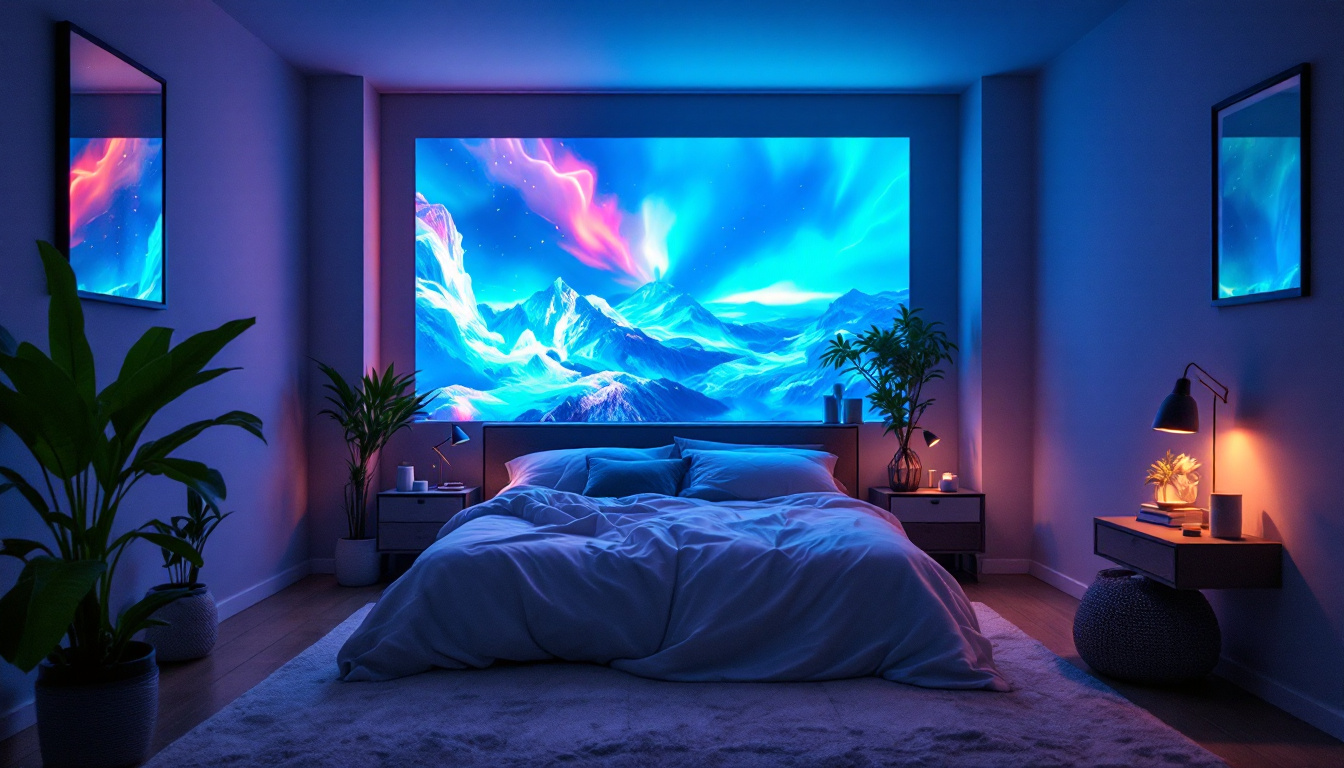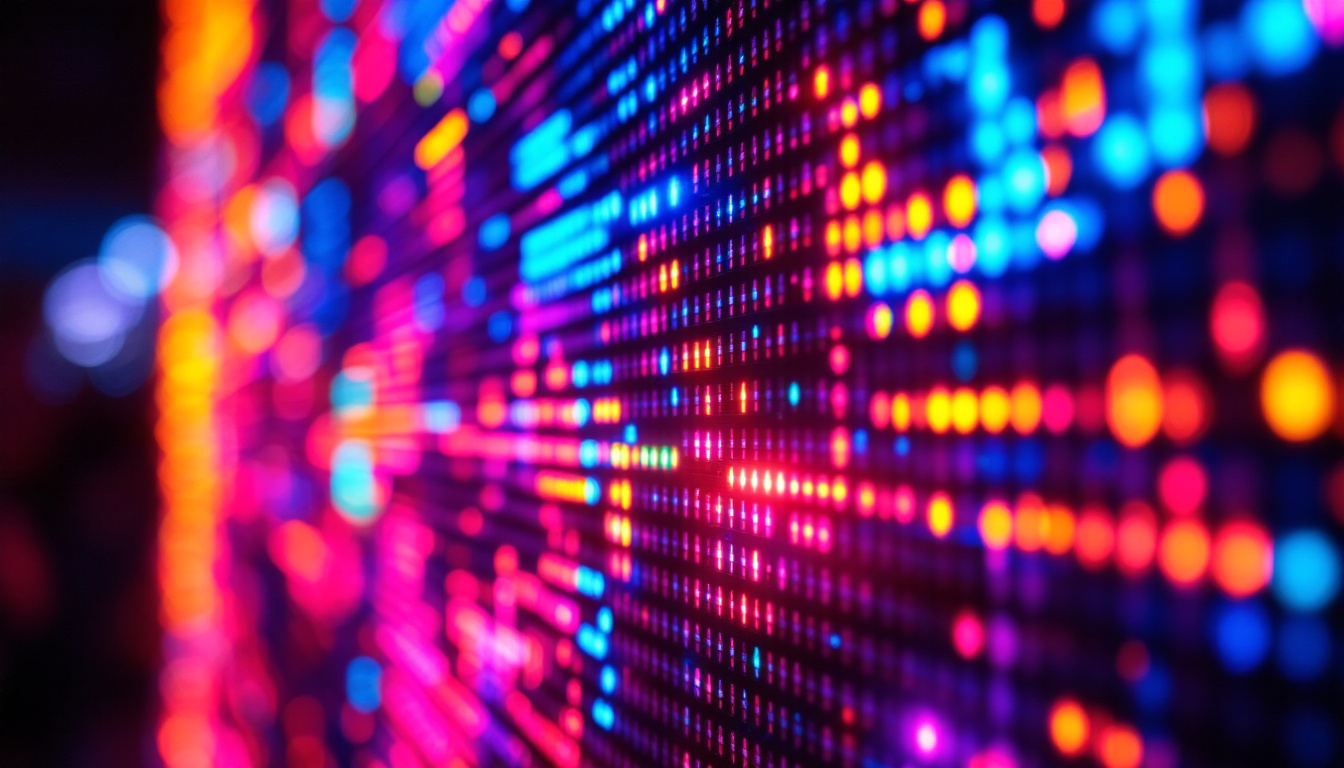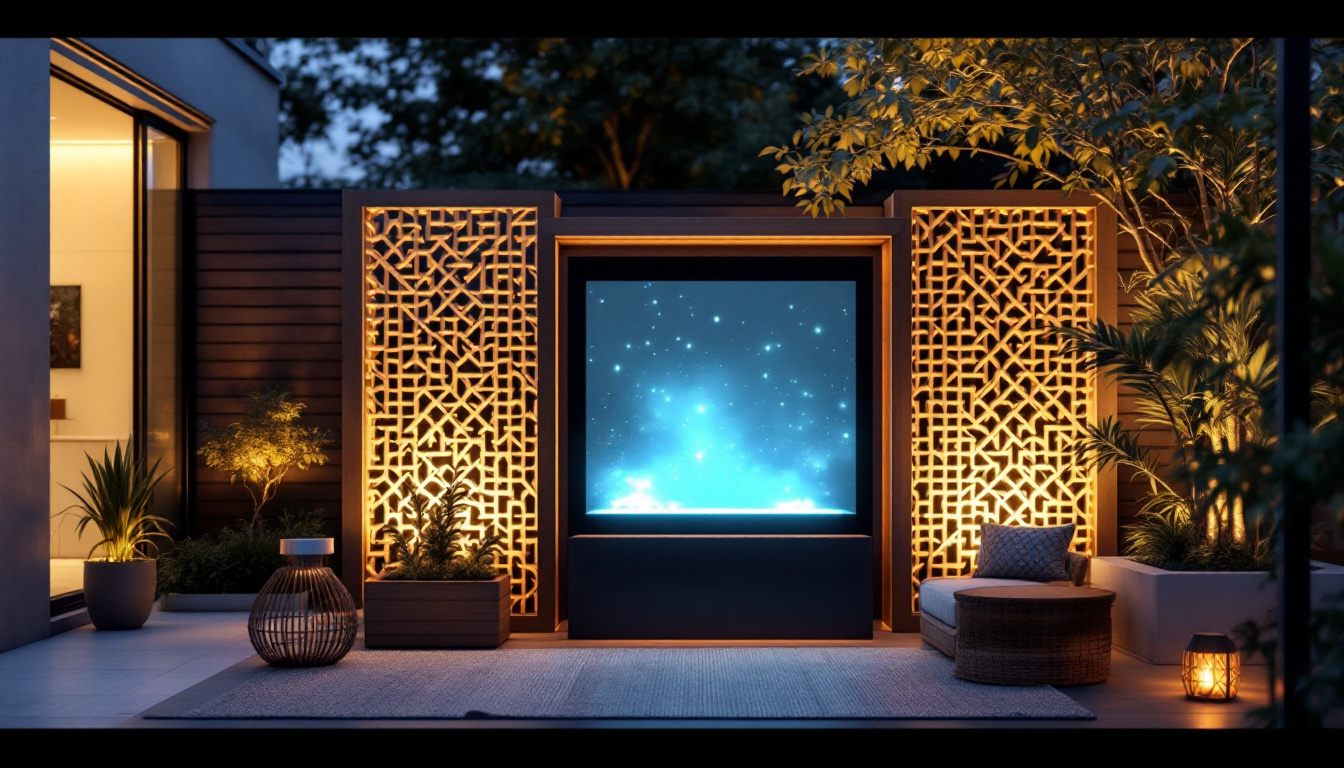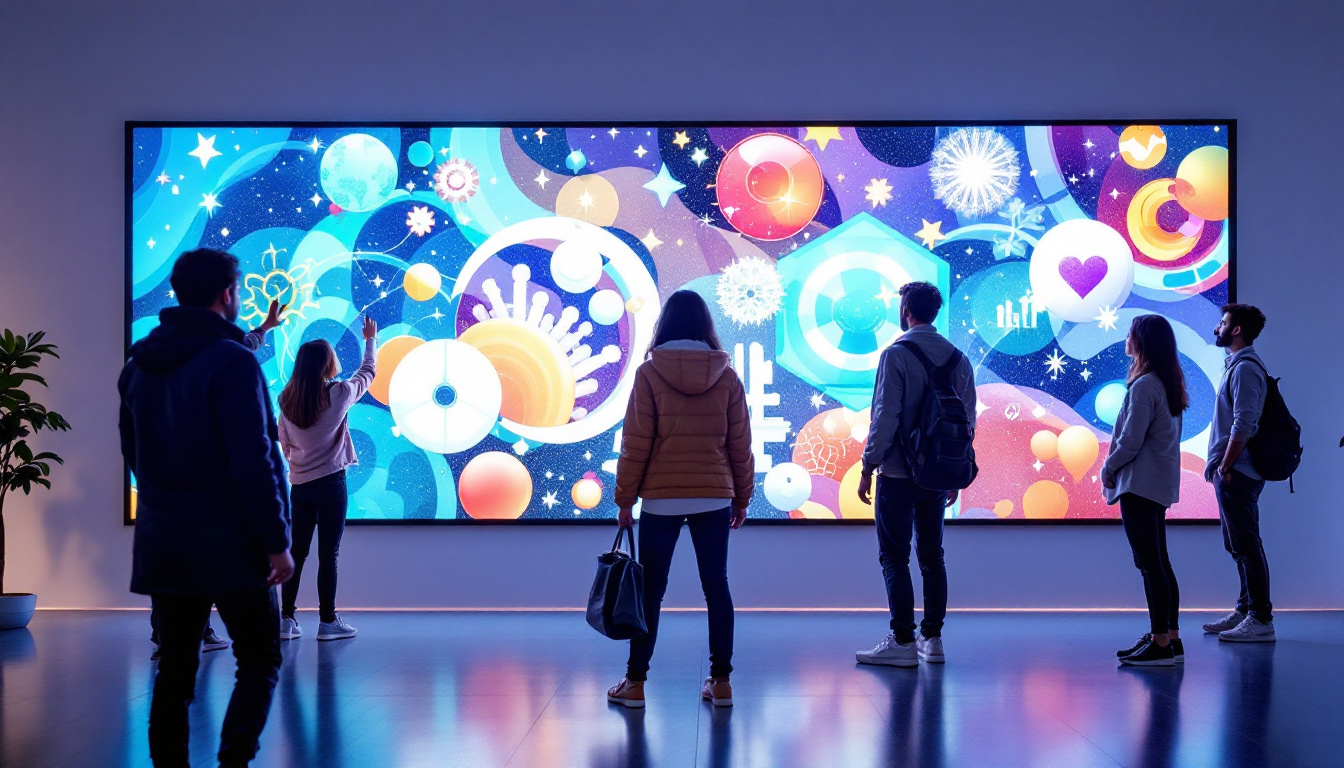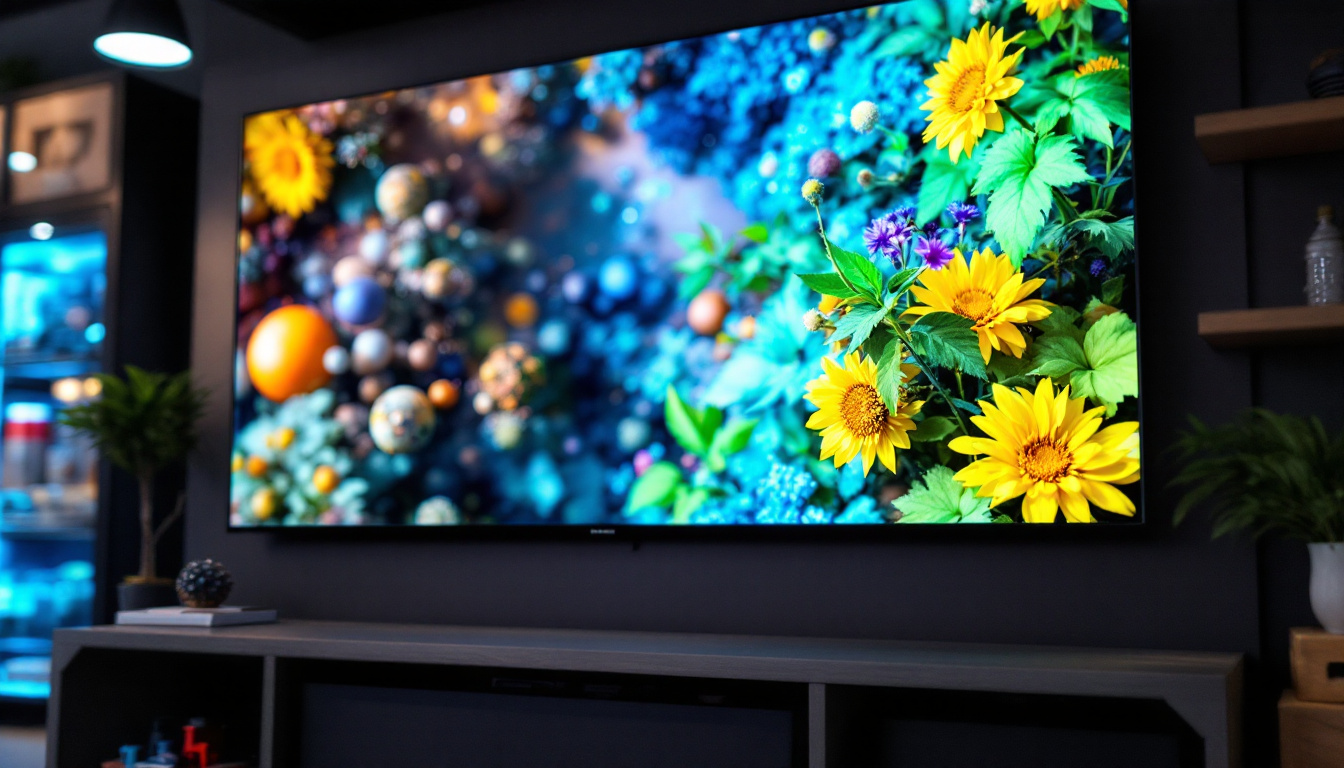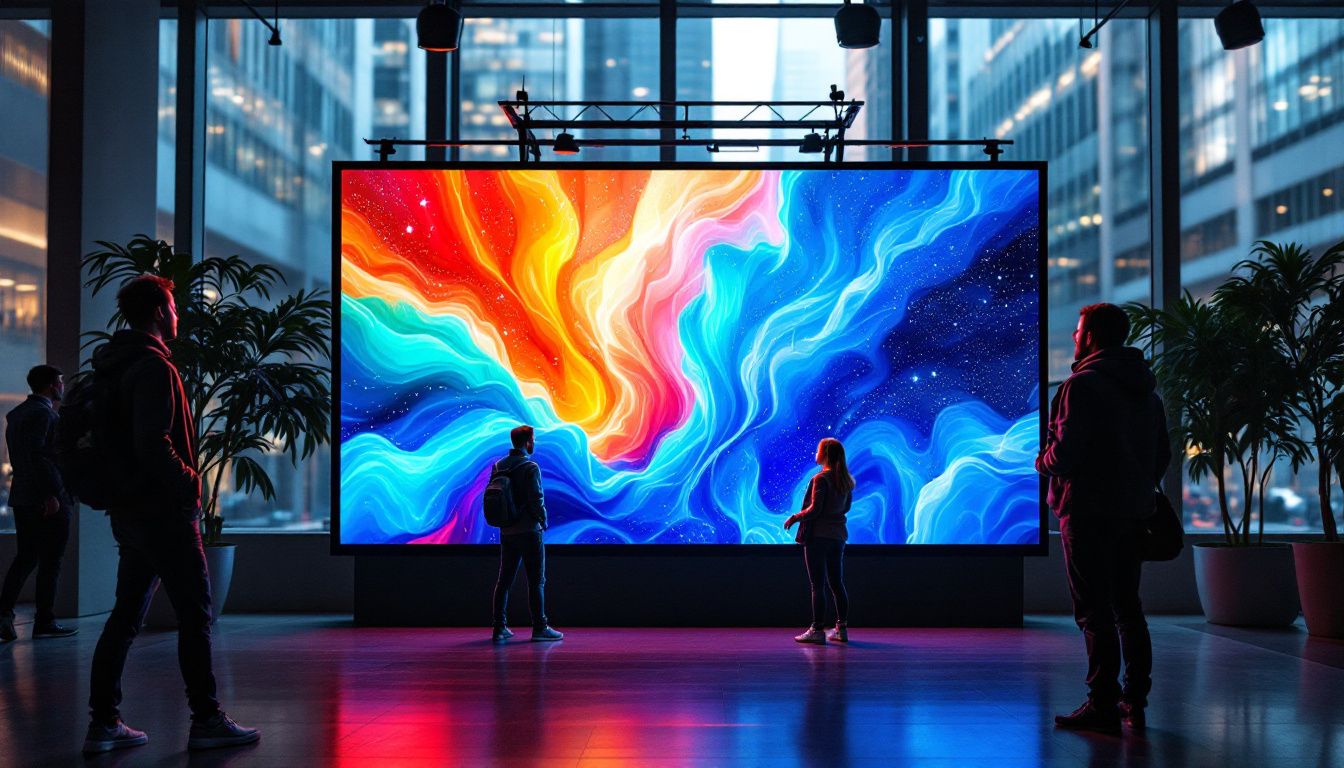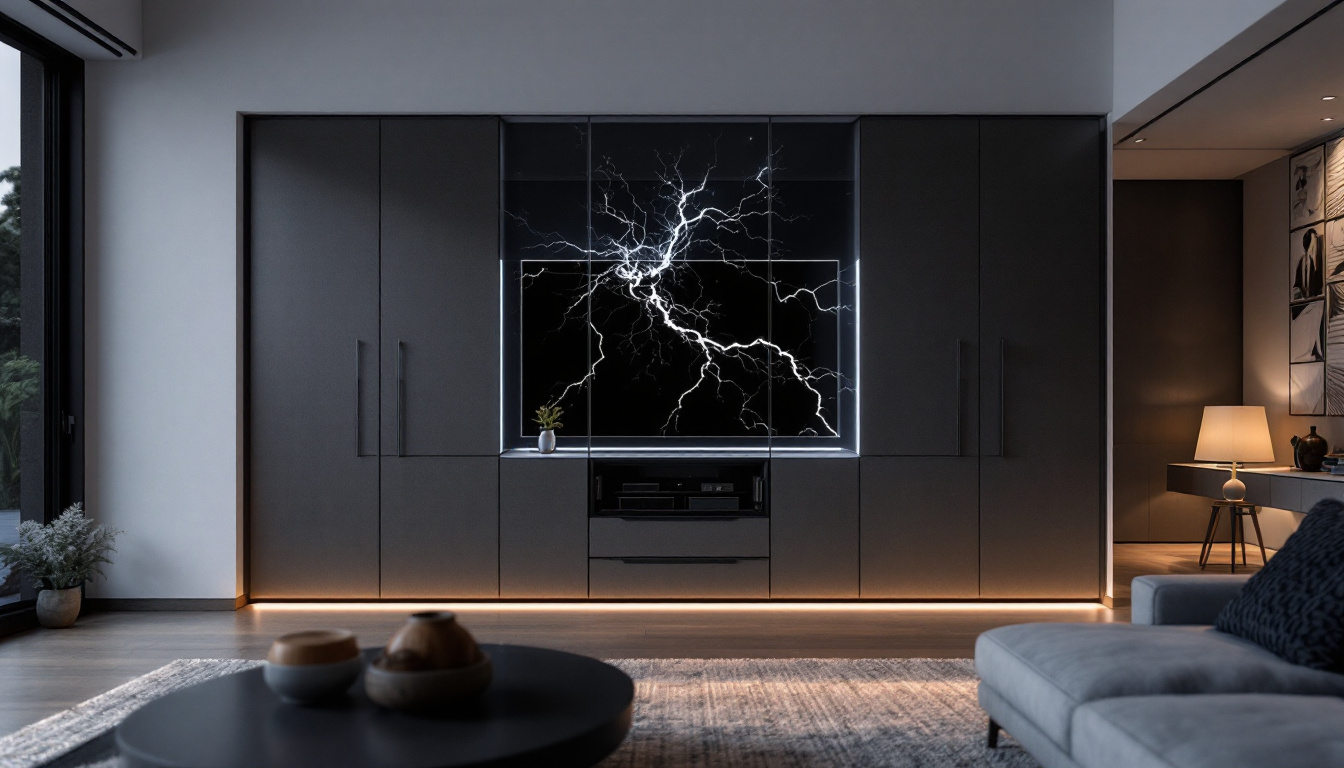In today’s fast-paced digital landscape, the demand for interactive displays has surged. Touch screen monitors, particularly those equipped with LED technology, have become increasingly popular across various sectors, from education to business and entertainment. This article delves into the intricacies of touch screen monitors, exploring their advantages, technology, and applications.
Understanding Touch Screen Technology
Touch screen technology has evolved significantly since its inception. Modern touch screens utilize a combination of hardware and software to detect user input through touch. This technology can be broadly categorized into several types, including resistive, capacitive, and infrared touch screens. Each type has its unique advantages and applications, which have contributed to the widespread adoption of touch interfaces in various devices, from smartphones to industrial machinery.
The rise of touch screen technology has transformed the way we interact with devices, making user interfaces more intuitive and accessible. With the proliferation of touch-enabled devices, the demand for responsive and accurate touch screens has led to continuous advancements in the underlying technologies. Innovations such as haptic feedback and advanced gesture recognition are enhancing user experiences, allowing for more natural interactions that mimic real-world touch sensations. As a result, touch screens are not only prevalent in consumer electronics but are also making their way into sectors like healthcare, automotive, and retail, where they facilitate efficient and engaging user interactions.
Resistive Touch Screens
Resistive touch screens consist of multiple layers, including a flexible top layer and a rigid bottom layer. When pressure is applied to the top layer, it makes contact with the bottom layer, registering a touch. This technology is known for its durability and resistance to dust and water, making it suitable for various environments. However, resistive screens typically require a stylus or finger pressure, which may not offer the same responsiveness as other technologies. Despite this limitation, resistive touch screens are often favored in industrial applications where robustness is critical, such as in manufacturing equipment and outdoor kiosks, where exposure to harsh conditions is common.
Capacitive Touch Screens
Capacitive touch screens, on the other hand, utilize the electrical properties of the human body. These screens are coated with a transparent conductor, allowing them to detect touch through the change in capacitance. This technology enables multi-touch capabilities, providing a more intuitive user experience. Capacitive screens are widely used in smartphones and tablets due to their high sensitivity and clarity. The ability to recognize multiple touch points simultaneously has opened up new possibilities for interactive applications, such as gaming and creative design software, where gestures like pinch-to-zoom and swipe have become standard. As manufacturers continue to refine capacitive technology, features like edge-to-edge displays and improved durability are becoming increasingly common, further enhancing the appeal of these devices.
Infrared Touch Screens
Infrared touch screens operate by using an array of infrared light beams across the screen’s surface. When an object interrupts these beams, the system registers a touch. This technology is often used in large displays, such as kiosks and interactive whiteboards, as it allows for touch detection without the need for a physical surface. Infrared touch screens are particularly advantageous in environments where cleanliness is paramount, as they can be activated with a simple wave of the hand or even a gloved finger, eliminating the need for direct contact. This feature makes them ideal for public spaces, such as museums and airports, where users may prefer a touchless experience. Additionally, advancements in infrared technology have led to improved accuracy and responsiveness, making these screens a popular choice for interactive installations and digital signage that require frequent user engagement.
LED Display Technology
Light Emitting Diode (LED) technology has revolutionized the way displays are manufactured and utilized. LED displays are known for their vibrant colors, energy efficiency, and longevity. They are commonly found in various applications, including televisions, computer monitors, and digital signage.
How LED Displays Work
LED displays consist of numerous tiny light-emitting diodes that produce light when an electric current passes through them. These diodes can emit different colors, allowing for the creation of full-color images. Unlike traditional LCD displays, which rely on a backlight, LED displays can produce brighter images and deeper blacks, enhancing the overall viewing experience.
Benefits of LED Displays
One of the primary benefits of LED displays is their energy efficiency. They consume significantly less power compared to traditional display technologies, making them an environmentally friendly choice. Additionally, LED displays have a longer lifespan, reducing the need for frequent replacements. Their compact design also allows for thinner and lighter monitors, which is particularly advantageous for portable devices.
Advantages of Touch Screen Monitors with LED Displays
The combination of touch screen technology and LED displays offers numerous advantages that cater to various user needs. This synergy enhances interactivity and visual appeal, making it an ideal choice for many applications.
Enhanced User Interaction
Touch screen monitors facilitate a more engaging user experience. Users can interact directly with the display, making navigation intuitive and efficient. This is particularly beneficial in settings such as classrooms, where educators can use touch screens to present information dynamically and interactively.
Improved Visual Quality
LED displays provide superior visual quality, characterized by bright colors and high contrast ratios. When combined with touch screen technology, the result is a monitor that not only responds to touch but also delivers stunning visuals. This combination is especially advantageous in creative fields, such as graphic design and video production, where color accuracy is paramount.
Versatility Across Applications
Touch screen monitors with LED displays are versatile and can be used in various settings. From retail environments where customers can browse products to corporate offices where presentations can be made more interactive, the applications are vast. Additionally, they are increasingly being used in healthcare for patient monitoring and information sharing, enhancing the overall efficiency of operations.
Applications of Touch Screen Monitors
The versatility of touch screen monitors with LED displays allows them to be utilized in numerous industries. Each sector benefits from the unique features these monitors provide, enhancing productivity and user engagement.
Education
In educational settings, touch screen monitors have transformed traditional teaching methods. Interactive displays enable teachers to present lessons in a more engaging manner, encouraging student participation. Features such as annotation and real-time collaboration foster a dynamic learning environment, making education more accessible and enjoyable.
Healthcare
In the healthcare industry, touch screen monitors are increasingly being used for patient management and diagnostics. Medical professionals can easily access patient records, view imaging results, and input data directly into the system. This not only streamlines workflows but also enhances patient care by providing timely access to information.
Retail and Hospitality
Retailers and hospitality businesses are leveraging touch screen monitors to enhance customer experiences. Interactive kiosks allow customers to browse products, place orders, and access information effortlessly. This self-service approach not only improves efficiency but also reduces wait times, leading to higher customer satisfaction.
Choosing the Right Touch Screen Monitor
When selecting a touch screen monitor with LED display, several factors should be considered to ensure it meets specific needs and requirements. Understanding the various options available can help make an informed decision.
Screen Size and Resolution
The size and resolution of a monitor play a crucial role in its usability. Larger screens with higher resolutions provide better clarity and detail, making them ideal for presentations and collaborative work. It’s essential to consider the intended use when determining the appropriate size and resolution.
Touch Technology
As previously discussed, different touch technologies offer varying levels of sensitivity and durability. Depending on the intended application, one may prefer capacitive touch screens for their responsiveness or resistive screens for their ruggedness. Evaluating the environment in which the monitor will be used can guide this decision.
Connectivity Options
Connectivity is another vital aspect to consider. Touch screen monitors should offer a range of connectivity options, including HDMI, USB, and DisplayPort, to ensure compatibility with various devices. Additionally, wireless connectivity options can enhance flexibility, allowing for a clutter-free workspace.
Future Trends in Touch Screen Technology
As technology continues to advance, the future of touch screen monitors looks promising. Innovations in touch technology and display capabilities are expected to shape the next generation of interactive displays.
Advancements in Touch Sensitivity
Future touch screen monitors may incorporate advanced touch sensitivity features, allowing for more nuanced interactions. Technologies such as haptic feedback could provide users with tactile responses, enhancing the overall experience. This could lead to more immersive applications in gaming, design, and virtual reality.
Integration with AI and Machine Learning
Artificial intelligence and machine learning are poised to play a significant role in the evolution of touch screen technology. Future monitors may be able to learn user preferences and adapt accordingly, providing personalized experiences. This could revolutionize how users interact with technology, making it more intuitive and efficient.
Increased Durability and Sustainability
As environmental concerns grow, manufacturers are likely to focus on creating more sustainable and durable touch screen monitors. Innovations in materials and manufacturing processes may lead to products that are not only more robust but also environmentally friendly. This shift will align with the increasing demand for sustainable technology solutions.
Conclusion
Touch screen monitors with LED displays represent a significant advancement in display technology, offering enhanced interactivity, improved visual quality, and versatile applications across various industries. As technology continues to evolve, these monitors are likely to become even more integral to daily operations in education, healthcare, retail, and beyond.
Choosing the right touch screen monitor involves careful consideration of factors such as screen size, touch technology, and connectivity options. By understanding these aspects, users can select a monitor that best fits their needs, ensuring a seamless and productive experience.
As the future unfolds, the integration of advanced technologies such as AI and improved touch sensitivity will further enhance the capabilities of touch screen monitors. Embracing these innovations will pave the way for a more interactive and engaging digital landscape.
Discover LumenMatrix’s Innovative LED Display Solutions
Ready to elevate your interactive display experience? LumenMatrix is at the forefront of LED display technology, offering a wide array of solutions that bring your content to life. From Indoor and Outdoor LED Wall Displays to specialized options like Vehicle, Sports, and Floor LED Displays, our products are designed to captivate and engage. Whether you’re looking to enhance your brand’s visibility or create immersive visual experiences, LumenMatrix has the cutting-edge technology to meet your needs. Check out LumenMatrix LED Display Solutions today and see how our commitment to innovation can revolutionize your visual communication.

